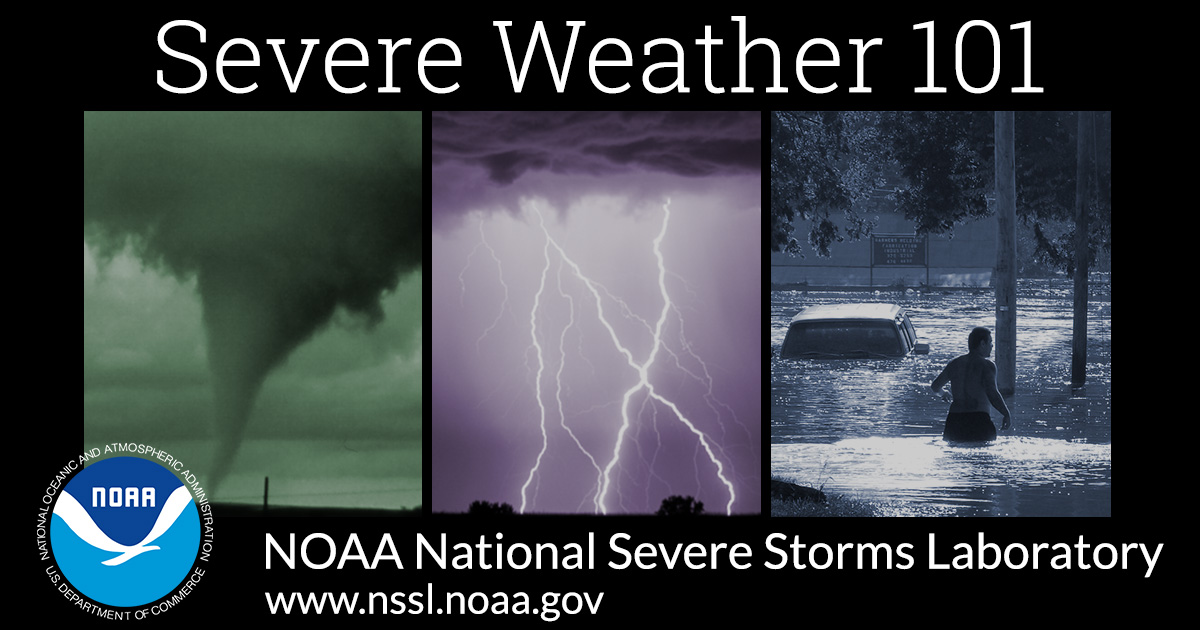JPWX
Member
Haha yeah.C'mon... as Spann knows the best part of a snow day bust is the hilarious comments that follow...
View attachment 23341
Follow along with the video below to see how to install our site as a web app on your home screen.

Note: this_feature_currently_requires_accessing_site_using_safari

Haha yeah.C'mon... as Spann knows the best part of a snow day bust is the hilarious comments that follow...
View attachment 23341

Yeah. My dad will probably still have to go to work. I'm more concerned about the side roads and usual places that freeze over first than the main roads. My dad works at True Temper in Amory.We’re off work and school on Monday (holiday) so I’m content to stay home cuddled under a blanket, sip on hot chocolate, read books, and watch movies.
My husband, unfortunately, has to make sure certain buildings stay above a certain temperature set-point because if they drop below a certain temp, very, very expensive tax-funded equipment could be damaged. I’m worried more about him driving in on Tuesday morning though and maybe Wednesday.
Mine too!I’m praying we just get snow. Our home is 100% electric.
We both work at Columbus AFB.Yeah. My dad will probably still have to go to work. I'm more concerned about the side roads and usual places that freeze over first than the main roads. My dad works at True Temper in Amory.

Not a bad idea at all....We should have an overview of what determines rain/zr/snow lines and some tools for watching it lined up for all the newbies that will pile in here in the next bit.
It has already started. It's not fun when you get 3 hours of sleep.When will the snow hit my house?
Will I be able to drive Monday?
Y'all said I would get 2 inches of snow in my backyard, but I saw nothing! Y'all are wrong every single time!
Should I get milk and bread?
It didn't get as cold as y'all said it would!
These questions and many more goofy ones will be asked during the forseeable future.
Yeah. I figured it had. I can definitely understand that.It has already started. It's not fun when you get 3 hours of sleep.

The metal plate in my ankle agrees with youJust keep that ice stuff away lol. Snow is good ice is bad
Mom works at Walmart in Amory and has the same issue going in at 4 am. She is in a spot where the temperature can wiggle you, and you get nothing, or 6 inches of snow or an ice storm.Yeah. My dad will probably still have to go to work. I'm more concerned about the side roads and usual places that freeze over first than the main roads. My dad works at True Temper in Amory.